

Sign in to your XDA account
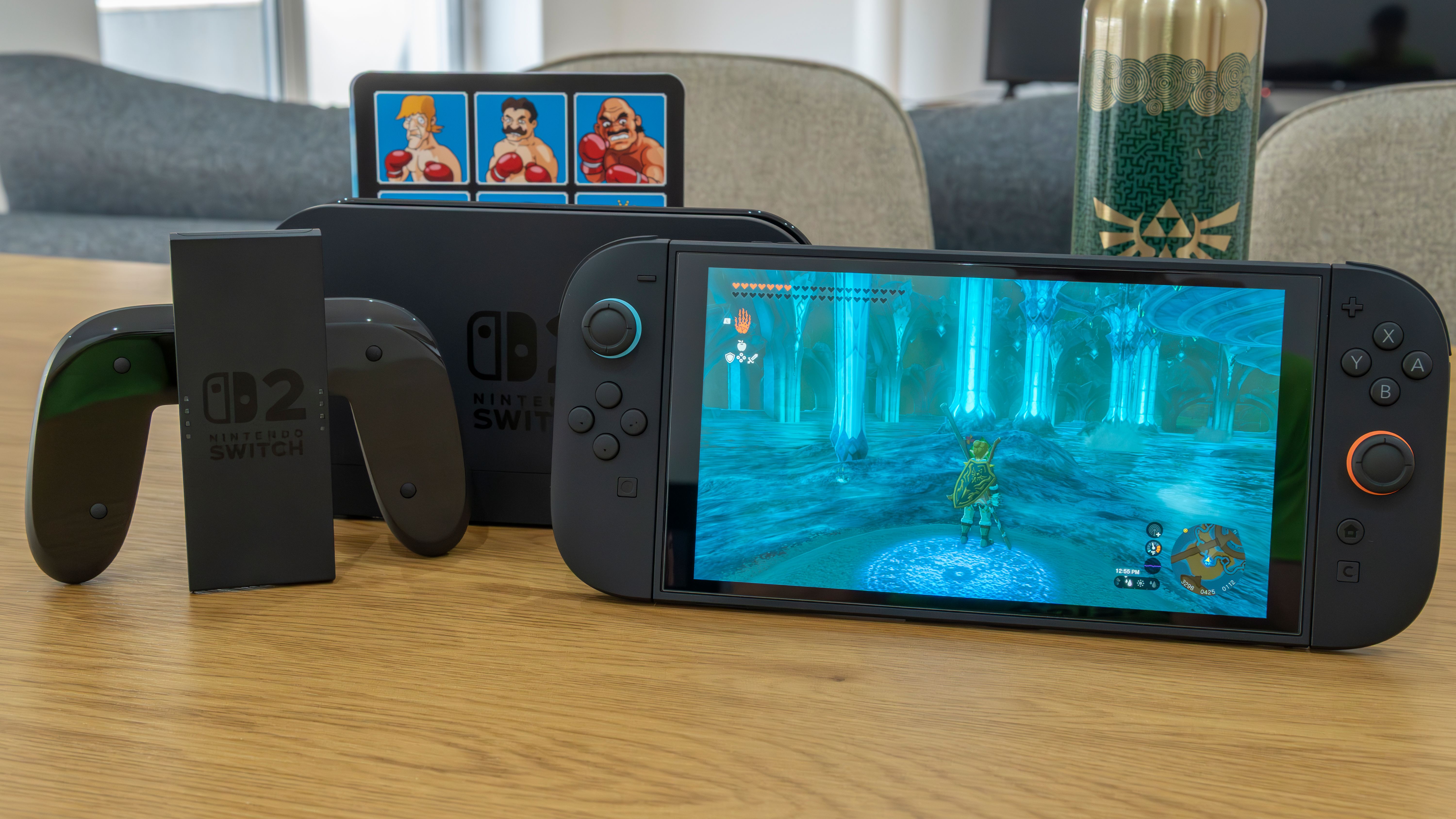
When the Nintendo Switch debuted in 2017, it wasn't just the turning point that flipped Nintendo's fate and brought the company into its most successful era ever. It changed how we perceived portable handheld gaming. It created the gaming handheld market we know today, spawning numerous PC-based competitors, and even some phone-based alternatives. Fans have since hoped for an improved version of that system that delivers more performance and other improvements.
The Nintendo Switch 2 is exactly that. Packing in more powerful guts than ever in a bigger, refined chassis that feels more premium than ever, the Switch 2 feels like the realization of Nintendo's vision back in 2015, when late CEO Satoru Iwata approached Nvidia to make the original Switch.
Nintendo's latest console can play games you wouldn't even fathom running on the original Switch, and the games for that console are not only playable, but in most cases, they're better than ever on the new system. Better performance and visuals, more comfortable controls, and a build quality that makes the console feel much more reassuringly durable make this the system Nintendo fans have dreamed of for the past eight years. The only major complaints would be the battery life and the lack of new exclusive games at launch, but it's not enough to stop this from being a worthy upgrade.
About this review: João Carrasqueira and Adam Conway purchased a Nintendo Switch 2 system for this review. Nintendo had no involvement with any of the content in this article.
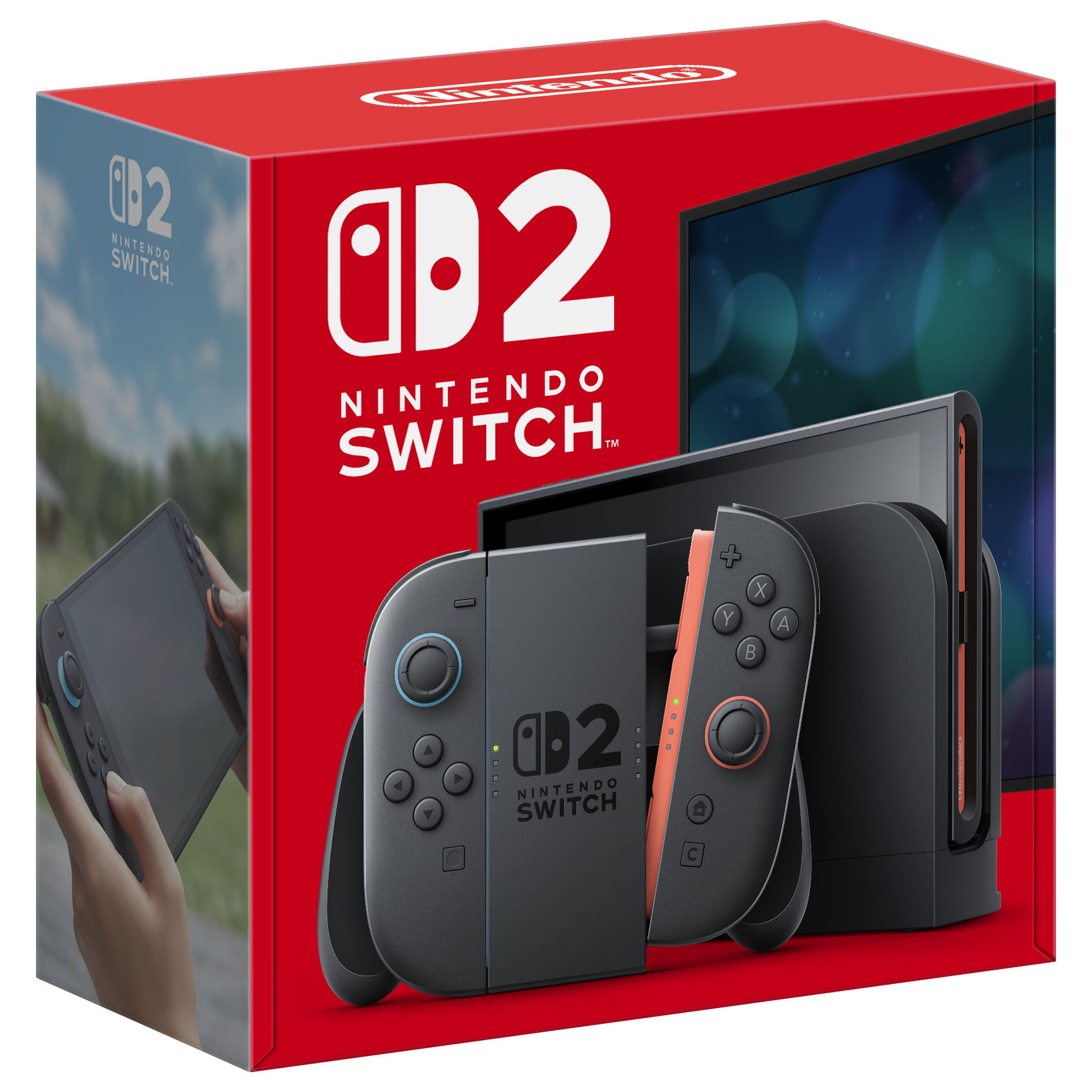
4K Capability Yes
4K Capabilities 4K 60Hz (TV mode only)
Top Games Mario Kart World, Donkey Kong Bananza, The Legend of Zelda: Breath of the Wild — Nintendo Switch 2 Edition
The Nintendo Switch 2 is an evolution of the original system by just about every metric. It delivers far superior performance, enabling games that wouldn't be possible on the original system, and it offers a refined and significantly improved design that makes the system feel much more premium.
Pros & Cons
- Massively improved performance enables demanding games such as Mario Kart World and Cyberpunk 2077
- Refined design feels more premium and durable
- Joy-Con 2 controllers feel much better with magnets, a larger size, and mouse controls
- GameChat is a promising social feature...
- ...though it may not be for everyone
- Battery life falls behind recent Switch models
- Missing that big single-player exclusive at launch
- Games are expensive
Pricing and availability
The Nintendo Switch 2 launched on June 5th, 2025, in retailers across the United States and the world. Due to the high demand, stock is unavailable in the U.S. at the time of writing, but you should be able to find a unit by keeping an eye on retailer product pages.
Prices start at $450 for the console, while a bundle including a digital copy of Mario Kart World is available for $500. This bundle, according to Nintendo, will only be manufactured until fall 2025.

4K Capability Yes
4K Capabilities 4K 60Hz (TV mode only)
A new, yet familiar design
Now with far better build quality
Picking up the Switch 2 for the first time, and even just looking at it, you can immediately tell it's a Switch. Nintendo is playing it fairly safe in terms of design, and that makes sense considering it is a direct successor. However, it's much bigger than even the OLED model, coming in at a cool 7.9 inches of HDR, VRR goodness.
But that familiar look has been refined to make this a far more premium-feeling system. The system as a whole feels more robust, which is especially evident in the way that the Joy-Con 2 controllers attach to the system, which feels a lot tighter and more durable than what we got with the original Switch, and even the OLED revision. Whereas the original Joy-Con attachment felt wobbly and easily wore down over time, this feels like it will be stable for a lot longer.
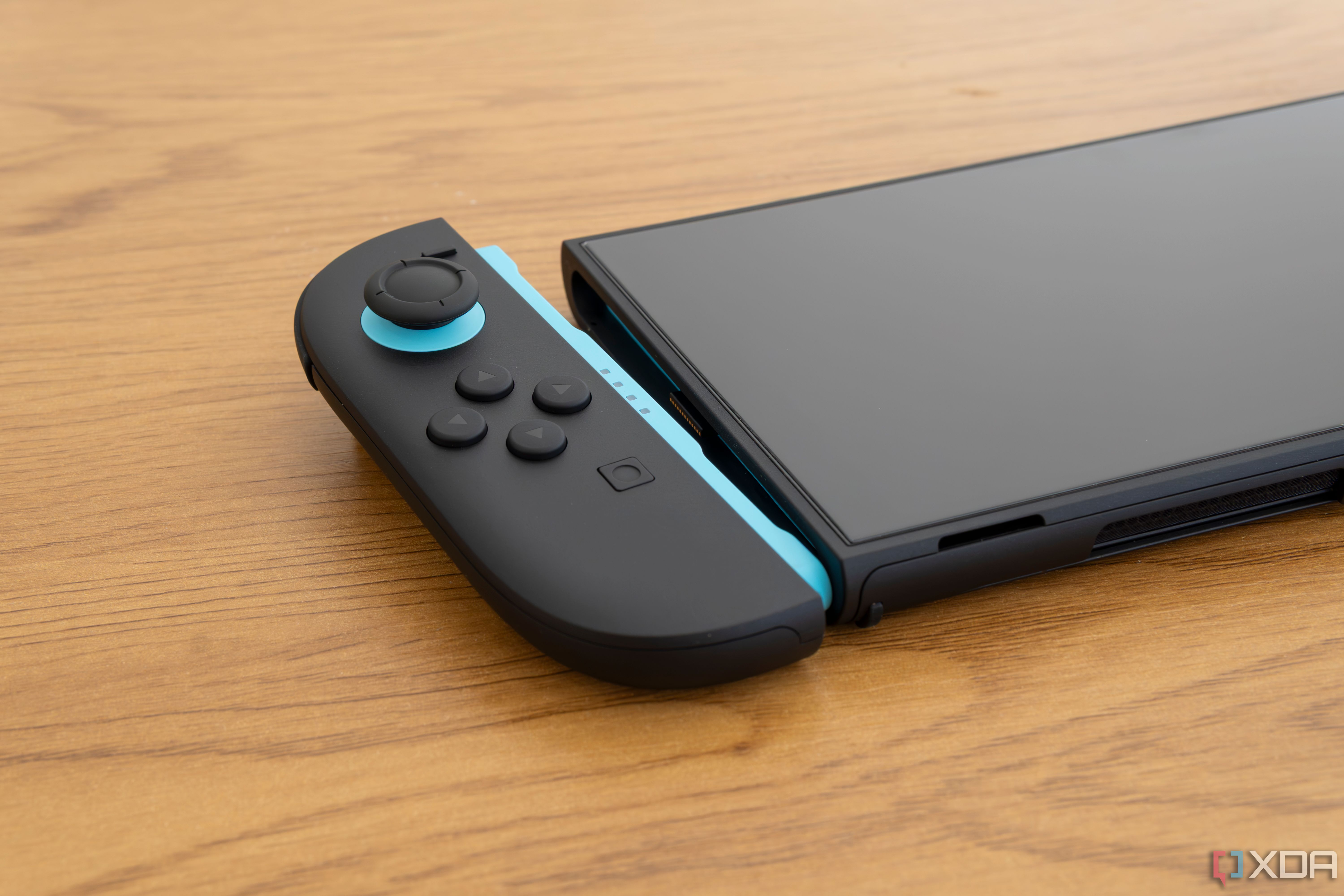
The overall feel of the system has also been refined, with a rougher type of finish that gives off a more premium vibe than the simple plastic used for the Switch. Some refinements were taken from the OLED Switch model launched in 2021, but were improved even further. That includes a new, wide kickstand that's hardly comparable to the original Switch, offering a range of adjustments and more stable support. The ambient light sensor has been moved to the top edge of the system (much like with the OLED model), and other refinements include a more robust-feeling game card slot, which appears to be designed to help ensure the game card is held in place more reliably.
That familiar look has been refined to make this a far more premium-feeling system
Otherwise, the design has been tweaked in other ways. In addition to the bottom USB-C port, there's another one on top of the system, making charging more convenient in tabletop and handheld modes, while also allowing some peripherals to be connected using this port, such as a webcam. The vents on the system are also generally much more open to allow for better cooling, which is required with the much more powerful hardware this time around.
The bigger size of the Switch 2 is a bit of a double-edged sword. The console feels a bit more comfortable to hold for my somewhat large hands, but the added weight can get more tiresome to hold during long play sessions. That being said, the Switch 2 is still lighter than the vast majority of PC gaming handhelds, especially if we look at comparable screen sizes.
A big, beautiful display
It's not OLED, but that's okay
Perhaps the most noticeable upgrade on the Nintendo Switch 2 is the big new 7.9-inch display. That's a lot bigger than the 6.2-inch panel we got on the original Switch, and still a good bit larger than the 7-inch panel on the Switch OLED. Going from 7 to 7.9 inches may not seem like a huge difference on paper, but holding the system in your hands, it feels far more immersive. It's an even bigger deal for tabletop mode, which in the past may have had you squinting to be able to see the screen. With this larger panel, I've had a way better time playing with the controllers detached without having to lean over the console so I can see what's happening.
This is an LCD panel, not an OLED, but if you're worried that the quality has taken a significant hit, there's nothing to be concerned about. This panel has been upgraded in numerous ways. It's brighter, supports HDR, and has a 120Hz refresh rate with VRR support. Going from the Switch OLED to this display, yes, some colors are a little less vivid, but this screen still looks fantastic, and it's leagues better than the original Switch. It's also worth noting that the Switch OLED defaults to a "Vivid" display mode that makes colors a little more saturated, and setting it back to the default brings it a lot closer to the Switch 2 in terms of colors.
Games look fantastic on this screen
Regardless, the experience on the Switch 2 is great. There's a lot more contrast compared to the original Switch thanks to HDR support, and everything just feels more vivid and lively in games that support HDR. Even without it, though, games look fantastic on this screen.
There aren't any games that truly leverage the 120Hz display at this point, but using the demos in Nintendo Switch 2 Welcome Tour, it's easy to see how smooth it feels, and you can also test VRR, which makes even a 20FPS image feel almost smooth simply because of how stable it is. The built-in display has also been the best way to experience HDR, based on my testing. While you can use HDR with any compatible TV, implementations of HDR vary greatly from model to model, especially if you have an older TV, and getting things to look just right takes some fiddling with the settings.
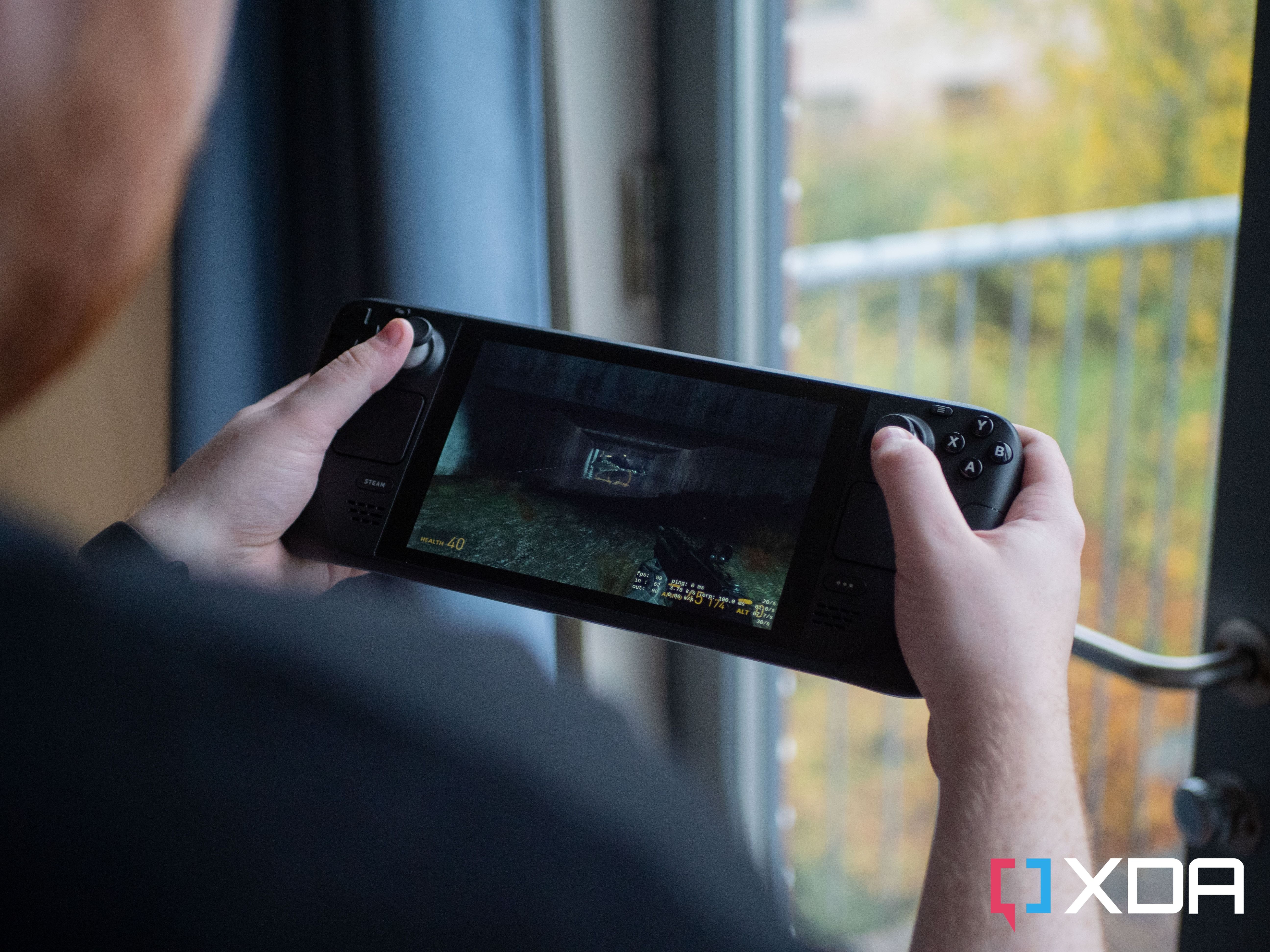
Related
Steam Deck review: Still one of the best around
The Steam Deck is an excellent portable handheld gaming console, though it's not perfect for everyone.
Bigger controls, bigger features
The new controllers are a Joy(-Con)
The larger size of the Switch 2 means the controllers themselves have to be bigger, but that's far from the only thing that's different here. Still, the increased size of the Joy-Con 2 is a benefit in a couple of ways. The original Joy-Con controllers were incredibly light and didn't feel substantial in my hands, so they could make things a little uncomfortable for longer play sessions. The smaller size proved especially troublesome when using the controllers on their side, such as in Mario Kart 8, especially with the tiny SR and SL buttons. Nintendo knew this and tried to fix things with the Joy-Con straps, but with the Joy-Con 2, you don't need any of that. The controllers are more comfortable to hold, and the SL and SR buttons are much bigger now, so playing in this setup is far more comfortable.
The bigger size also allows Nintendo to fit in more technology and position the controller's wireless antennae more favorably to offer reliable communication with the console, addressing one of my biggest problems with the original: missed inputs. I haven't experienced any such issues with the Switch 2 so far. While Nintendo hasn't mentioned it publicly, the new Joy-Con 2 also features a magnetometer, resulting in 9-axis motion controls that provide more accurate and reliable motion sensing. Many Switch games used a motion-controlled pointer that would drift away from the center point after a short time, but that should mostly be addressed here. Speaking of drift, the analog sticks still use potentiometers, but Nintendo has done a lot of work to improve the durability and the feel of the sticks, making them feel incredibly smooth to rotate all around.
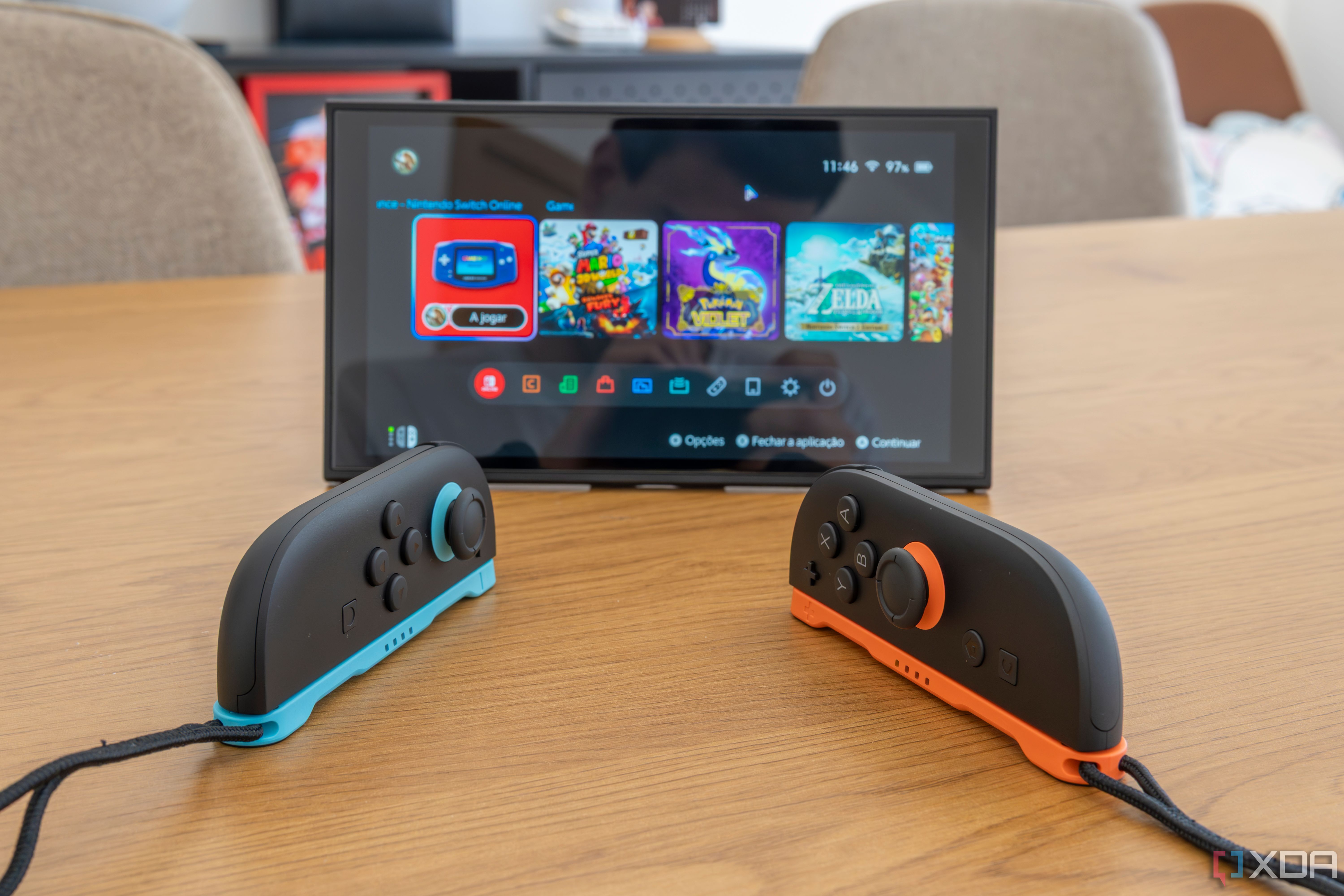
But of course, the biggest addition to the Joy-Con 2 is the mouse sensors, with both controllers having one each. Obviously, PCs have used a mouse for decades, and even the Lenovo Legion Go tried to turn a detachable controller into a mouse, but having two of them makes this experience wholly unique. You can have mouse-based games that support multiplayer on one system, or use the two mouse sensors yourself for games that require it. At launch, all of this is exemplified in Nintendo Switch 2 Welcome Tour, with minigames showing off the various possibilities, such as controlling two UFOs to avoid a barrage of spiky metal balls, or having each mouse sensor control a swimmer's arm. A lot more games are already supporting standard mouse controls, though, such as Cyberpunk 2077 and simulation games like Sid Meyer's Civilization VII.
One other improvement in the Joy-Con 2 controllers is what Nintendo calls "HD Rumble 2", which essentially enhances the high-precision haptics of the original Switch with the ability to produce much stronger vibrations. I find the subtle vibrations to be the most interesting, though, like how rotating a trophy in Mario Kart World after winning a cup produces a slight vibration that feels like you're rotating a trophy on a surface. One demo in Nintendo Switch 2 Welcome Tour even shows how this rumble motor can produce sounds like the sound effect of collecting a coin in a Mario game.
Games look better than ever
A huge step up for handheld gaming
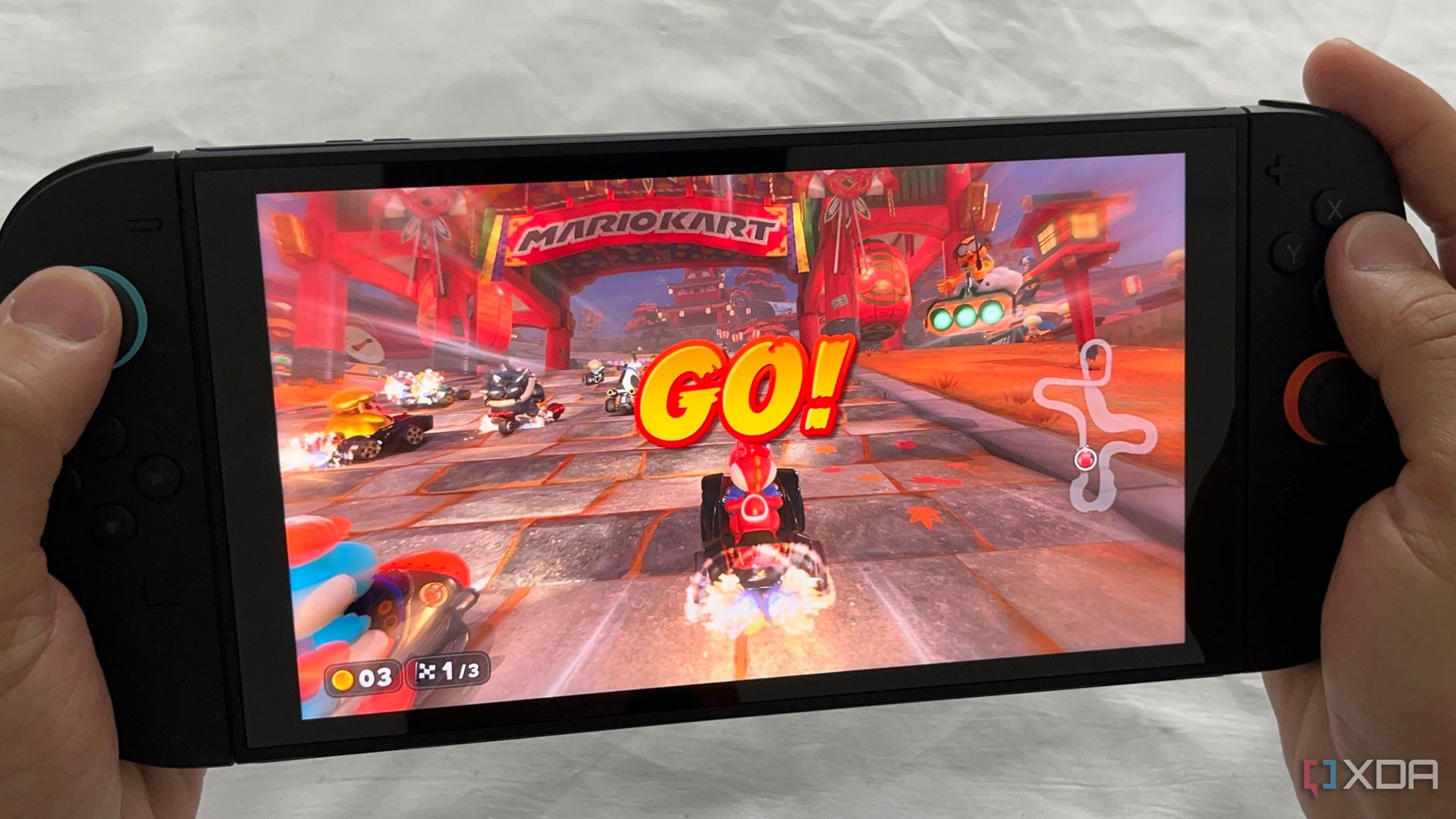
Of course, you buy a console to play games, and in the case of the Switch 2, you're not only buying it to play the new games, but also to play the original Switch games in the best form possible. This isn't an in-depth review of the games in the Switch 2 lineup, but it does bear mentioning that the console had a fairly strong offering of games at launch, particularly from third-party publishers. Sure, most titles are ports and/or available on other platforms, but debuting with Mario Kart World means you already have one of the most popular games available right at the start. Remember, Mario Kart 8 Deluxe sold nearly 70 million copies on the original Switch, and that was an enhanced port of a Wii U game. Nintendo also offered the rather controversial $10 Nintendo Switch 2 Welcome Tour, which is more like a virtual console tour rather than a game, and third-party publishers handled the rest.
On launch day, 25 games were launched as either standalone titles or Nintendo Switch 2 Editions, and while most of these are ports from other platforms, titles like Survival Kids, Bravely Default: Flying Fairy HD Remaster, and Fast Fusion are all exclusive to the Switch 2, and Deltarune Chapters 1-4 launched pretty much simultaneously on every platform, including Nintendo's new handheld. Plus, seeing games such as Cyberpunk 2077 and Street Fighter 6 look and run as well as they do on a portable system is a strong selling point. In fact, I'd even go a step further and say that this is the best way to play Cyberpunk 2077 on the go right now. It may not run at a full 60 FPS full HD quality that you'll get on other PC gaming handhelds, but this is an actual console with a vast library of games. There's no setup required or dealing with Windows on a small touchscreen — just slot in the cartridge (or launch your downloaded game) and you're good to go.
You get quality that often matches or even beats the PlayStation 4 Pro, but in the palm of your hands
Many of these games are on a scope that would be unfathomable on the original Switch. Mario Kart World features a huge, sprawling world with fast action and a lot of characters on screen, yet it runs at 60 frames per second. Cyberpunk 2077 may be limited to 40 FPS at best, but it's a visual spectacle for such a small, portable device. If you're coming from the original Switch, you can experience a lot of games that were only a pipedream before, and you get quality that often matches or even beats the PlayStation 4 Pro, but in the palm of your hands. It's nothing to scoff at.
Battery life is... alright
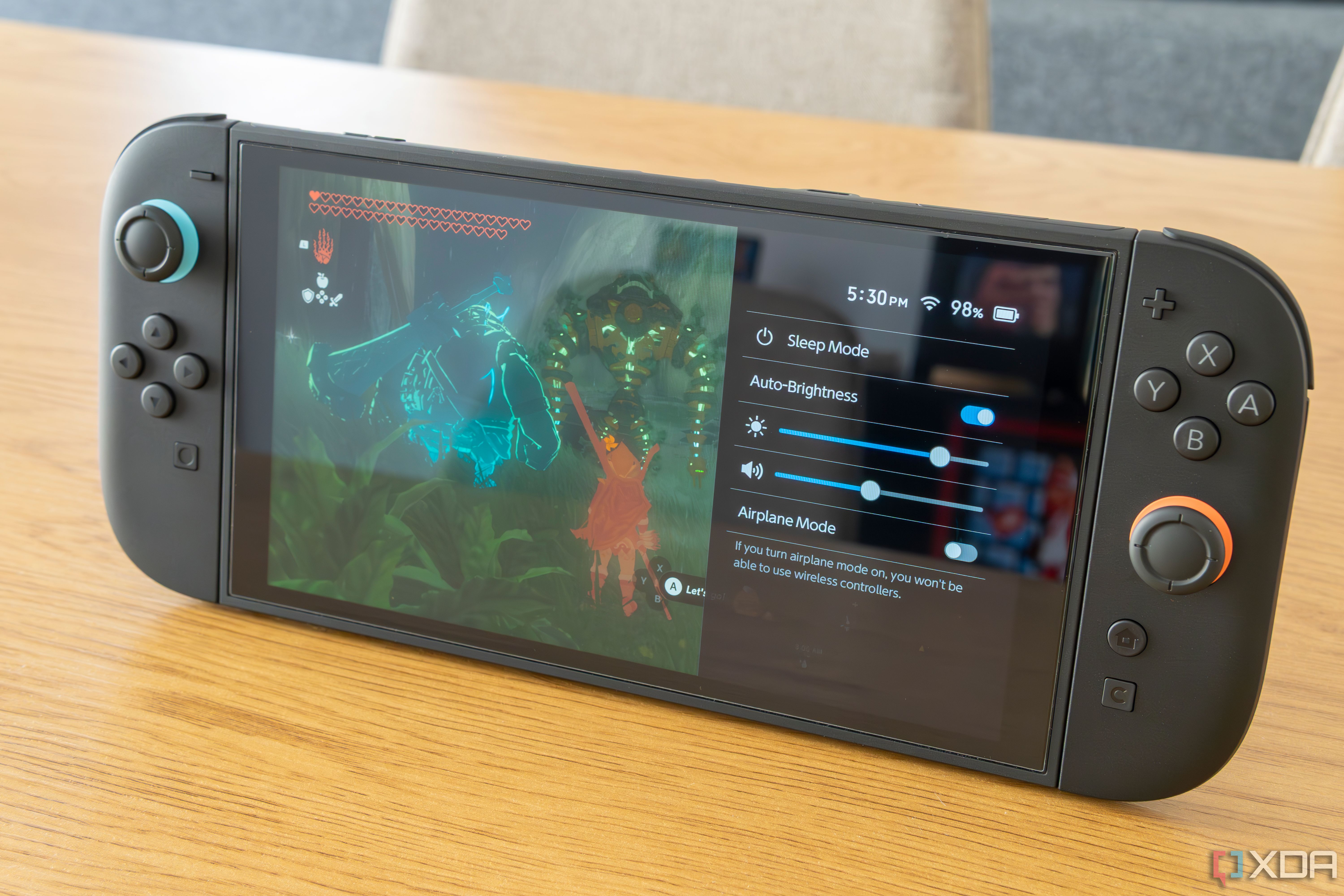
Of course, none of that matters if the battery life isn't good, and this is where things get a bit more mixed. In my time with the Switch 2, I've only been able to fully drain the battery twice. Once, while playing Mario Kart World, I got 2 hours and 50 minutes of playtime at 50% brightness (with auto brightness enabled), 50% volume, and with HDR enabled. Then, while playing The Legend of Zelda: Tears of the Kingdom Nintendo Switch 2 Edition, I got 2 hours and 53 minutes, with the same settings. This time, though, included about 30 minutes of GameChat with one other person, with both sides sharing our screens, and I was also using the Zelda Notes feature on my phone, which connects to the console for real-time map updates.
To test the Switch 2 under lighter conditions, I tried playing Rocket League, a title that has yet to be upgraded for Switch 2, so it runs at a lower resolution and doesn't support HDR. I played for about 2 hours and 55 minutes, and ended my session at 34% battery remaining. Clearly, games that take full advantage of the Switch 2's capabilities will take much more of a toll on its battery life.
That's definitely a step down from the revised Switch models from 2019 onwards, but it's not that much worse than the original Switch, and for games that haven't received graphical upgrades, you can probably expect about the same or better longevity. It's worth putting things in perspective to PC gaming handhelds, too. My most recent experience with the OneXFly F1 Pro, and that model lasted me under two hours when the power level was set to 15W, playing a 3D game. Running games of this scope and this smoothly on competing handhelds would burn through battery life far more quickly.
Switch games have received big boosts
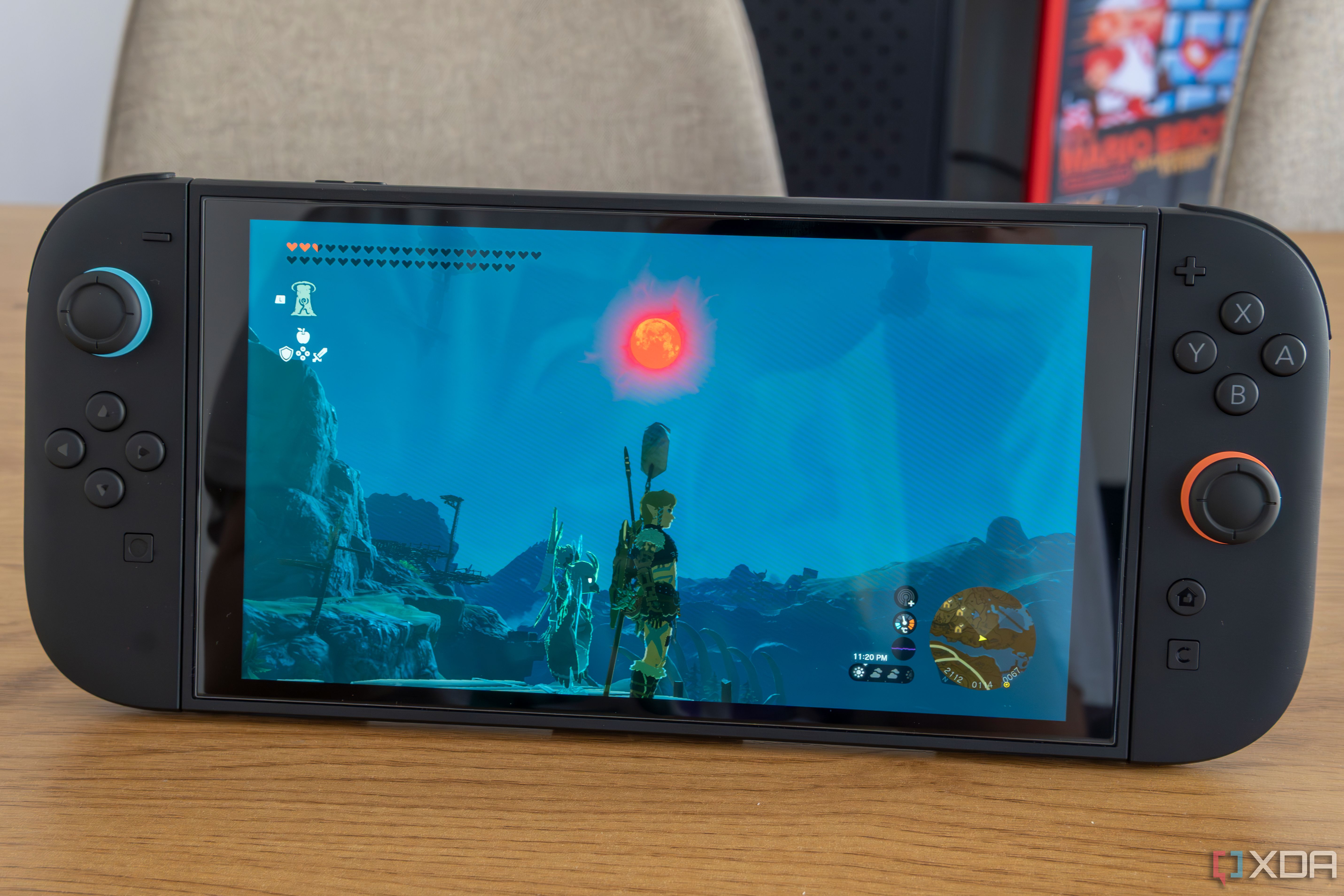
One thing I was very curious about with the Switch 2 is how games made for the original Switch would run on it, so I made a few comparisons, and it's pretty drastic. My capture card can only record at 1080p and 60FPS, so I can't showcase the full resolution improvements, but let's start with a look at the Switch 2 Editions of The Legend of Zelda: Breath of the Wild and Tears of the Kingdom. The Hyrule Forest was a particularly troublesome area of these games, especially the first one, and you can see how it consistently maintains a stable 60FPS, whereas the original versions struggled to maintain the 30FPS target. For Breath of the Wild, you can also see a big difference in load times below (though it applies to both games).
You don't need paid patches to get big improvements, though, because many games have received free updates with notable performance improvements. Pokémon Violet almost feels like a different game running on the Switch 2, as you can see in this clip, navigating the Terarium area from the game's DLC. The Legend of Zelda: Link's Awakening also no longer drops down to 30 frames per second in busier areas, so the entire experience feels as smooth as it always should have. I'll admit, I found the FPS drops in Link's Awakening so jarring that I eventually stopped playing the game on my Switch OLED, but the difference is simply night and day.
And finally, even if the games weren't patched, you'll almost certainly see performance benefits in titles that couldn't hit their target frame rate, or those without unlocked frame rates. Bayonetta 3 and Hyrule Warriors: Age of Calamity are great examples of this, and there are a few reasons why. For some context, the original Switch packed a Tegra X1 manufactured on a 20nm process before being switched to a 16nm process in later revisions, powering the so-called "Switch v2" and the OLED model. It was a familiar chip at the time, also powering the Nvidia Shield and the Google Pixel C, which also aided homebrewers and developers when it came to developing custom software for the Switch.
Its quad-core configuration is made up of Cortex-A57 cores and a maximum clock speed of 1.8GHz when docked. There are also four Cortex-A53 cores present on the Tegra X1, but these were disabled on the Nintendo Switch. It had a GM20B Maxwell-based Nvidia GPU (Maxwell debuted with the GTX 700 series), 256 cores, and a maximum clock speed of 768MHz. It packed 4GB of LPDDR4 RAM with a maximum frequency of 1600MHz, and finally, it had 32GB of eMMC storage. The OLED model had 64GB of eMMC storage. Those Cortex-A57 cores were considered "high-end" in 2015, forming the main compute cluster of devices like the OnePlus 2 and the HTC One M9, but were arguably showing their age when the Switch released, let alone a decade after they were first debuted by Arm. The other limiting factor of the original Switch was its RAM, clocked at 1600 MHz by default, and mild overclocks on hacked units saw games like The Legend of Zelda: Tears of the Kingdom perform considerably better. Nintendo was bailed out purely by the GM20B GPU, as it was considered powerful for the time and likely was the sole reason "impossible ports" such as DOOM (2016) were possible in the first place.
Even if games weren't patched, you'll almost certainly see performance benefits
To be quite honest, looking purely at the spec sheet, the original Switch had no business cultivating the fantastic library of games that it did. And the Switch 2, with its custom Nvidia chip, is simply a beast in comparison. It's using a modified version of Nvidia's T234 chip, aimed at the automotive and robotics market, in the form of the T239. It packs eight Cortex-A78C Arm cores, an Ampere-based GPU with some Ada Lovelace features backported and 1,536 CUDA cores, and a significantly larger memory bandwidth than the original Switch. Its memory is clocked at 4266 MHz in handheld mode and 6400 MHz when docked, boasting 68.256 GB/s and 102.4 GB/s bandwidth speeds. Plus, it has UFS 3.1 storage instead of eMMC storage, with a theoretical read speed of up to 2,100 MB/s.
To be clear, that's a six-times increase in GPU cores on a better architecture, more than twice the memory bandwidth in handheld mode, and just shy of quadruple the memory bandwidth when docked. DLSS technology allows for games to be upscaled to 4K on compatible TVs, and it's simply a massive step-up over what the original Switch could do. That's why original Switch games run so well on the Switch 2; it would be extremely difficult for Nintendo to perfectly simulate an original Switch when those games are being executed, so it's easier to just let them run with the additional hardware. Nintendo has stated that emulation is involved in launching original Switch games, and the same concept applies to emulating those original Switch games on a high-end PC. When more power is available, even when there's an emulation layer, games will simply run better without any additional work.
Load times have also been shortened, likely thanks to those bandwidth increases and storage speed improvements. That's without any patches from developers, and physical copies of Switch games with their slower transfer speeds still see benefits, attributed to a combination of CPU and memory bandwidth improvements. When running a Switch game, assets are first fetched by the CPU and decompressed before being sent to RAM, so a faster CPU and faster memory speed will lead to these improvements.
For an example of what I mean, here's a look at Mario & Luigi: Brothership, which was notorious for slow load times, running on both Switch 1 and Switch 2 using a physical game card.
The OS feels very similar
With some big new features
Finally, let's talk about the console's software features, which may seem similar, but there are a few key additions. The first one, and my personal favorite, is GameChat. I've only had the chance to try this a couple of times, but it seems to work quite well. I used it in handheld mode, and I could hear the other side perfectly, while they said they could hear me perfectly fine, too. I also tried this while screen sharing, which I still think is a fantastic feature to have. Yes, the shared screen runs at a far lower framerate, but that realistically doesn't matter. I wasn't trying to carefully analyze their game; I was just happy to know what they were up to, and when they completed a puzzle, I could congratulate them. It's a cool way to foster community, and while I understand it's hard to get a GameChat session going as an adult, I'm definitely looking forward to sharing more game sessions with my friends.
Another big feature is GameShare, and I have to admit I haven't given this one much of a shot. This feature lets you share compatible games with other Switch 2 and Switch consoles over a local wireless connection. The host console streams the video feed to the receiving consoles in real time, and it allows you to play some multiplayer games with others, even if you only have one copy of the game. It also works online, but the receiving consoles also have to be Switch 2 units in that case. What's especially cool about this is that some games that are only available on the Switch 2 can technically be played on the original Switch this way, such as in the case of Split Fiction and Fast Fusion.
Otherwise, the operating system for the Switch 2 feels very similar to the original Switch, but with some tweaks to the visual design, like a more colorful (and animated) selection indicator and more rounded corners throughout the UI, along with new sound effects for selecting various options. Some other additions are also noteworthy, like improved accessibility options such as text-to-speech (which also works in GameChat), high contrast, text size, and more. It's always commendable to see companies take accessibility seriously.
Should you buy the Nintendo Switch 2?
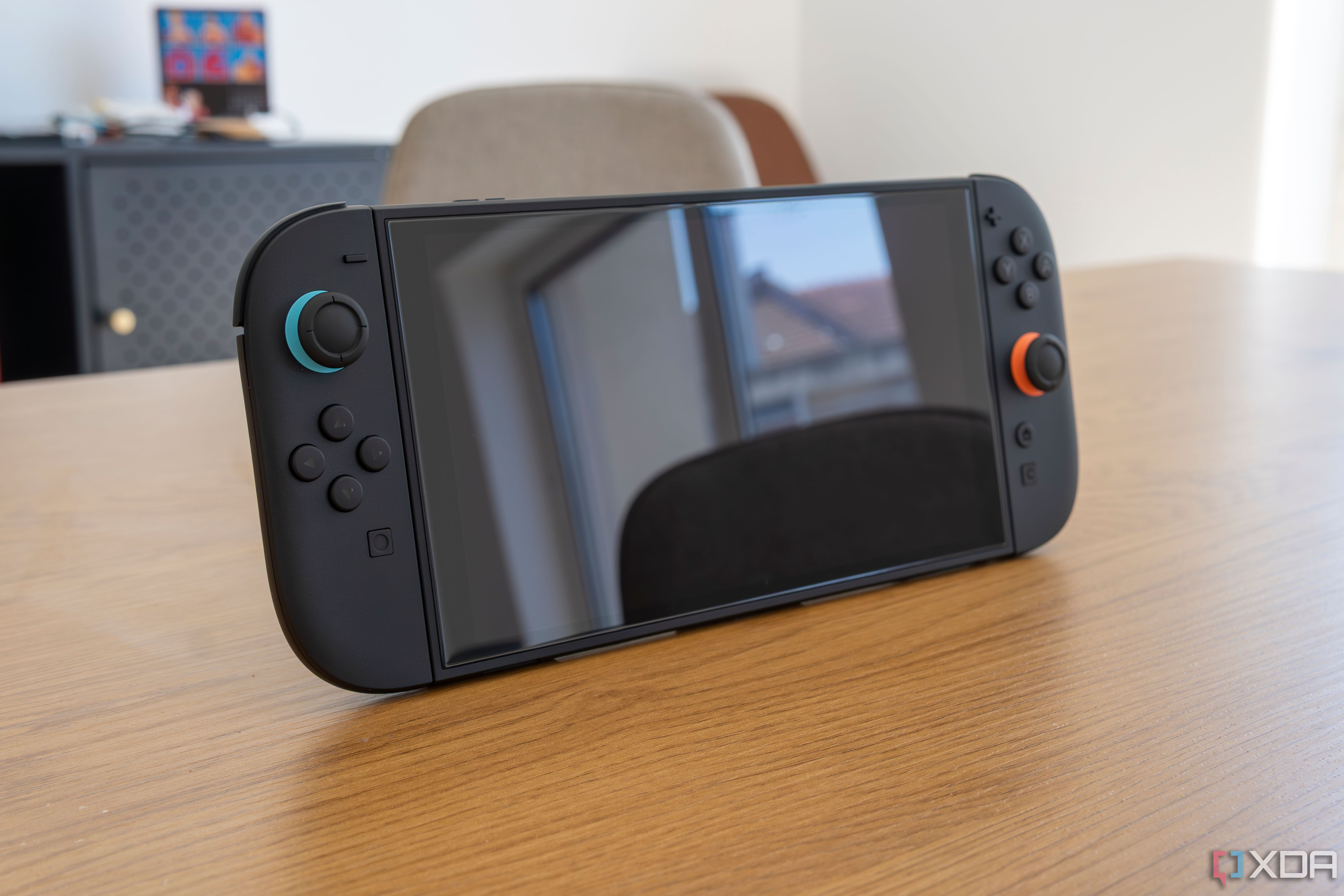
It's been eight years in the making, but the Nintendo Switch 2 levels up everything you know about the Switch experience. It's bigger, it's got a better screen, it feels more robust and premium, and it's incredibly more powerful, allowing you to play games you could never play before on such a portable device. Even if some PC handhelds can beat its performance in the future, the Switch 2 will remain one of the most impressively balanced systems out there, with great performance and battery life for its form factor.
The question then becomes, is it worth the price jump from $300 to $450, along with the ever-increasing prices of games? Well, from a hardware perspective, the Switch 2 is very reasonably priced. You simply can't get this kind of experience anywhere else for the same price. The only major PC handheld cheaper than it is the LCD Steam Deck, but the base model of Valve's handheld has worse specs almost completely across the board, and it lacks the versatility that the Switch 2 offers out of the box. For Switch gamers, the Switch 2 is an obvious upgrade that justifies its cost. For PC fans, having access to your PC games library might be enough to keep you away from Nintendo's new system, as long as you don't care about missing out on its biggest exclusive games.
You should buy the Nintendo Switch 2 if:
- You want to play Nintendo's latest and greatest games, as well as titles like Cyberpunk 2077 on the go
- You want to enjoy your original Switch games with improved performance and visuals
- You've been yearning for a Switch with more premium build quality
You should NOT buy the Nintendo Switch 2 if:
- You already found the Switch too big
- You don't care about Nintendo's exclusive games, at least right now
- You need access to your existing library of PC games

4K Capability Yes
4K Capabilities 4K 60Hz (TV mode only)
Top Games Mario Kart World, Donkey Kong Bananza, The Legend of Zelda: Breath of the Wild — Nintendo Switch 2 Edition
Power Source 60W USB-C power adapter
The Nintendo Switch 2 is the ultimate realization of Nintendo's hybrid concept, offering a huge performance improvement over its predecessor, along with a refined design that feels more premium than ever.
.png)
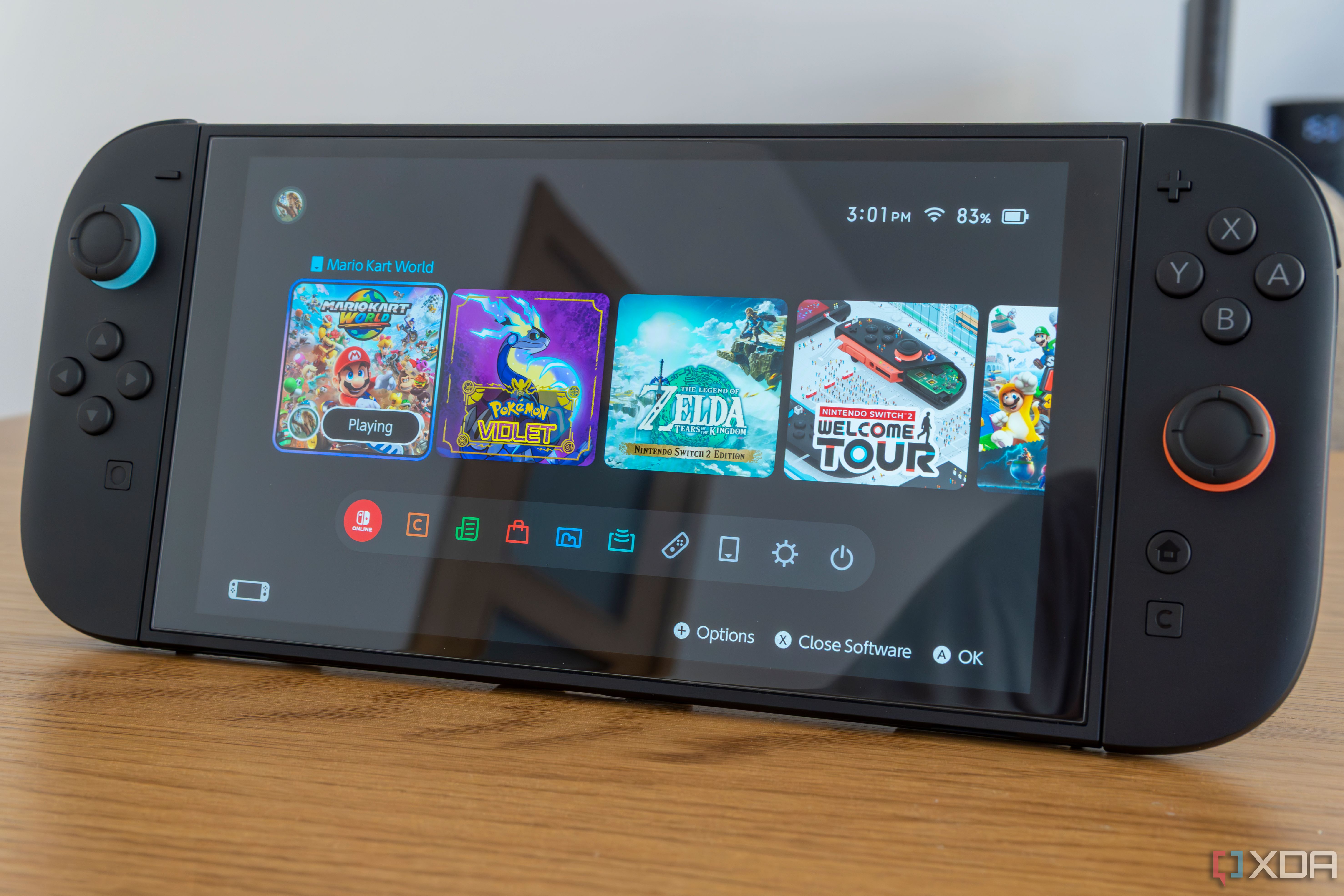
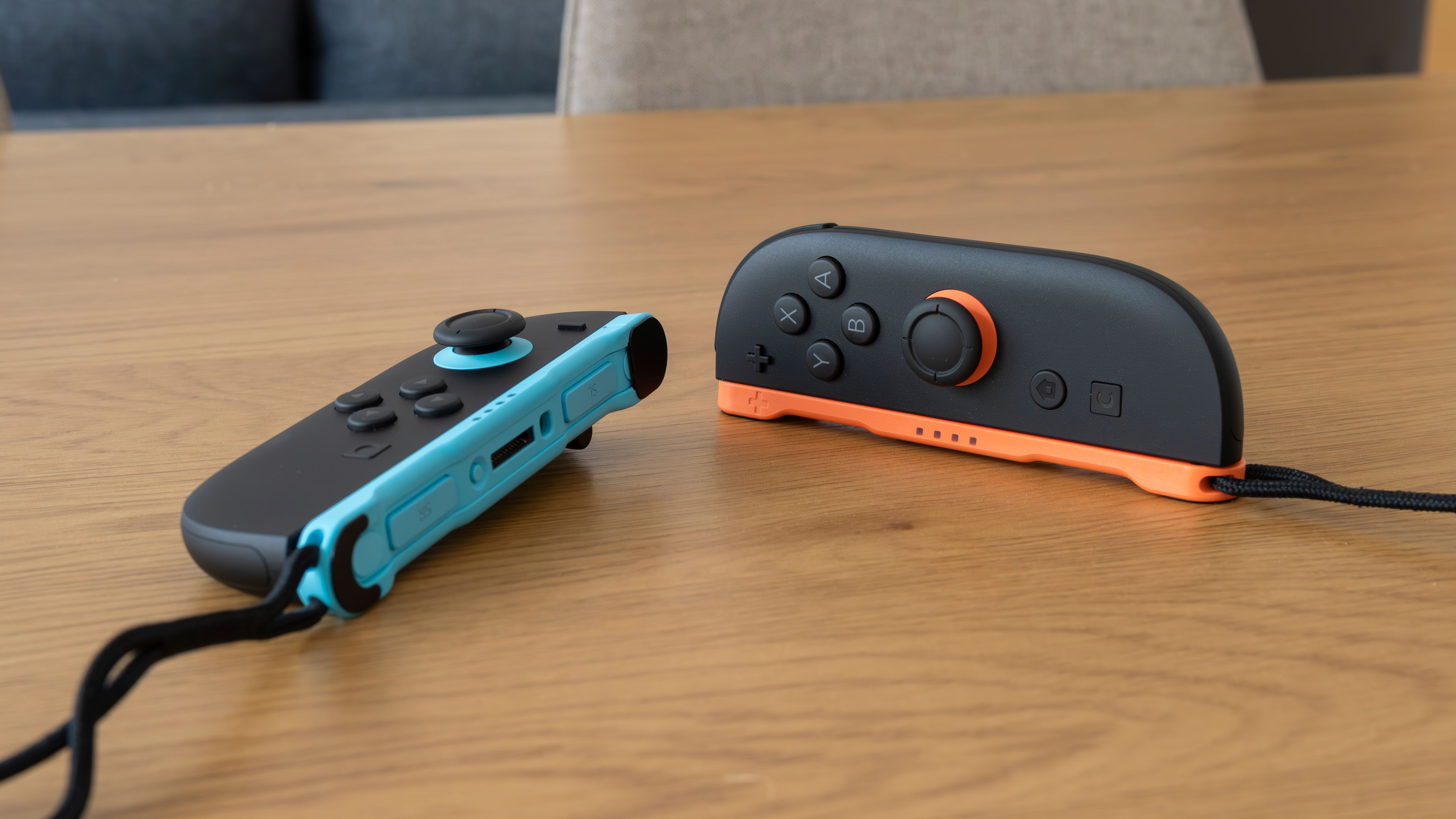
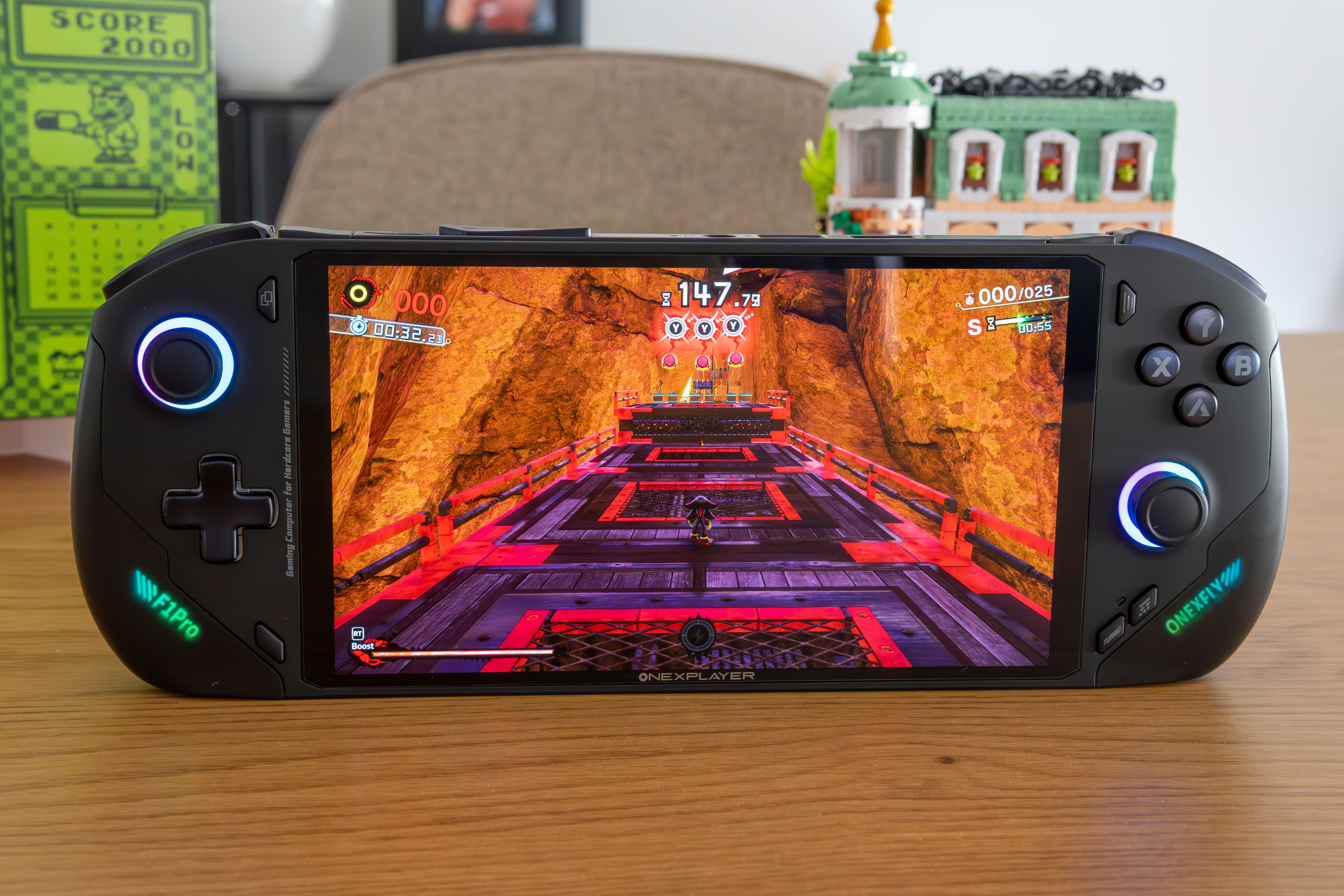

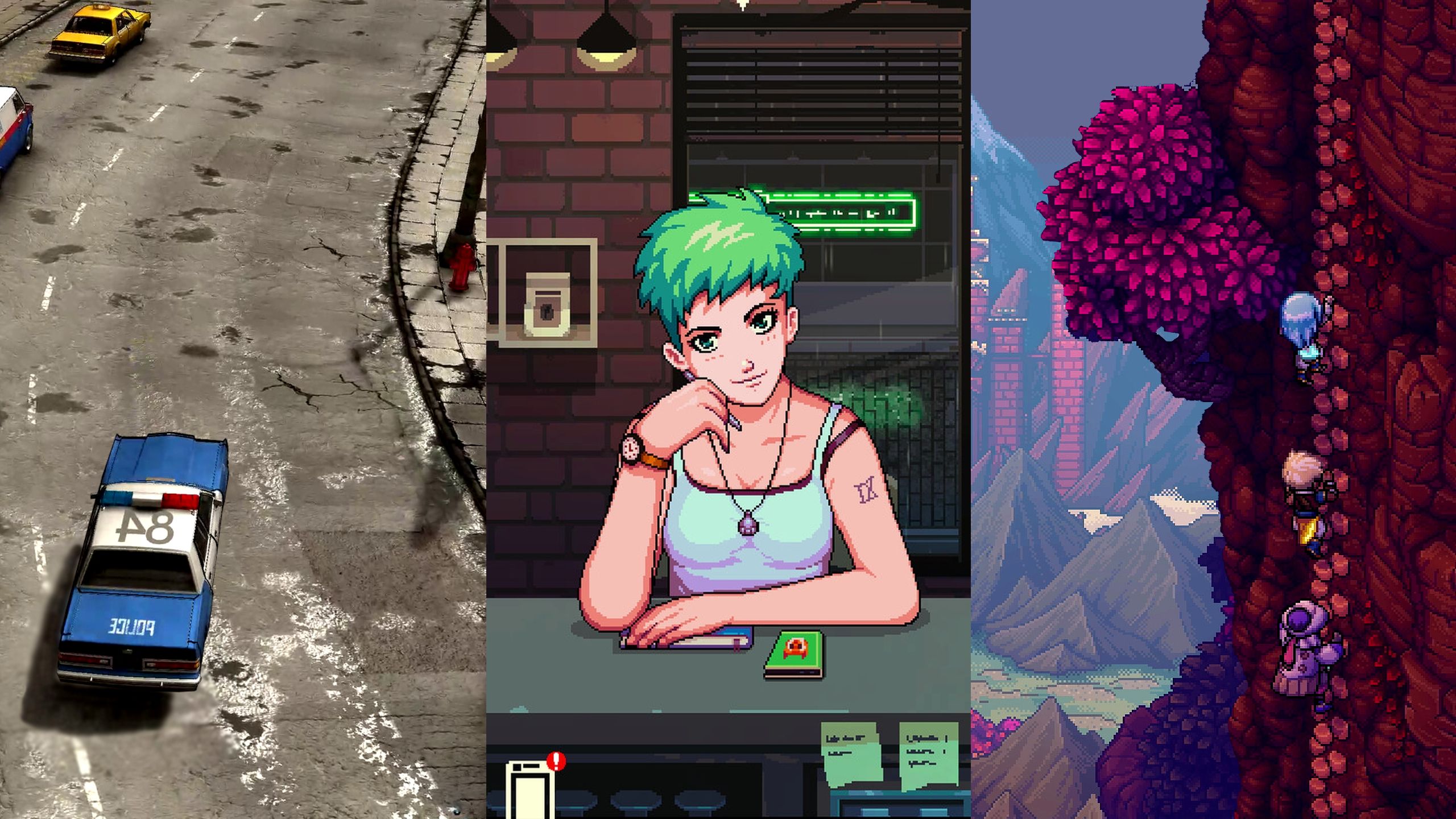



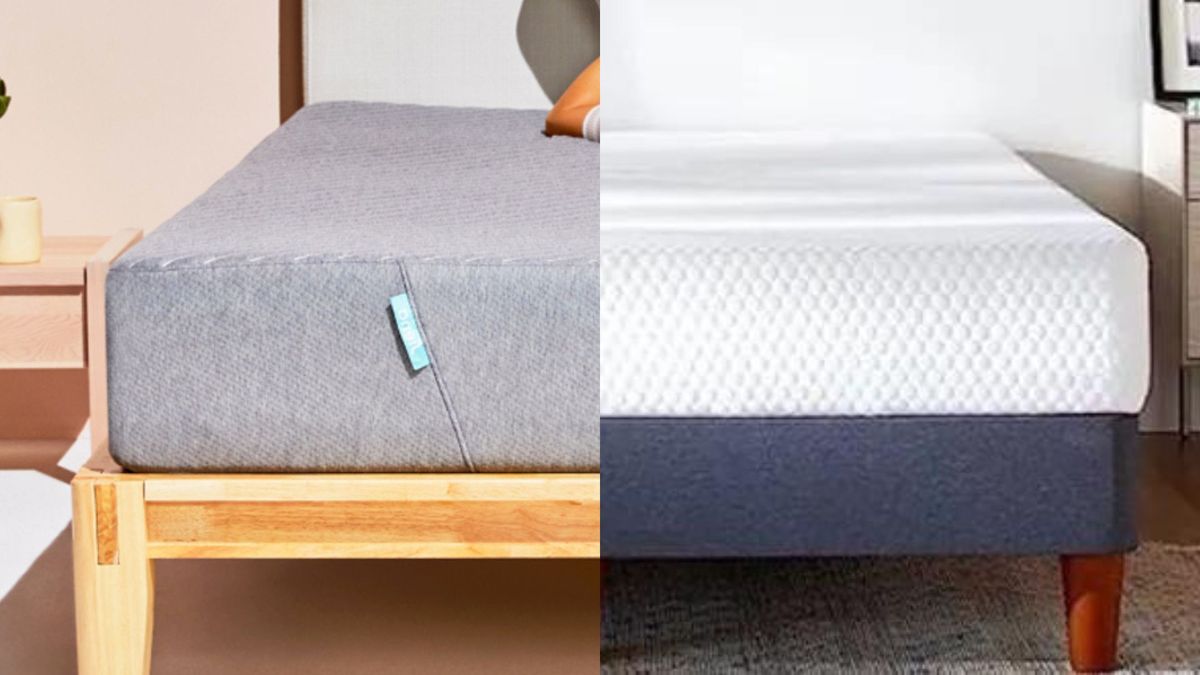





 English (US) ·
English (US) ·